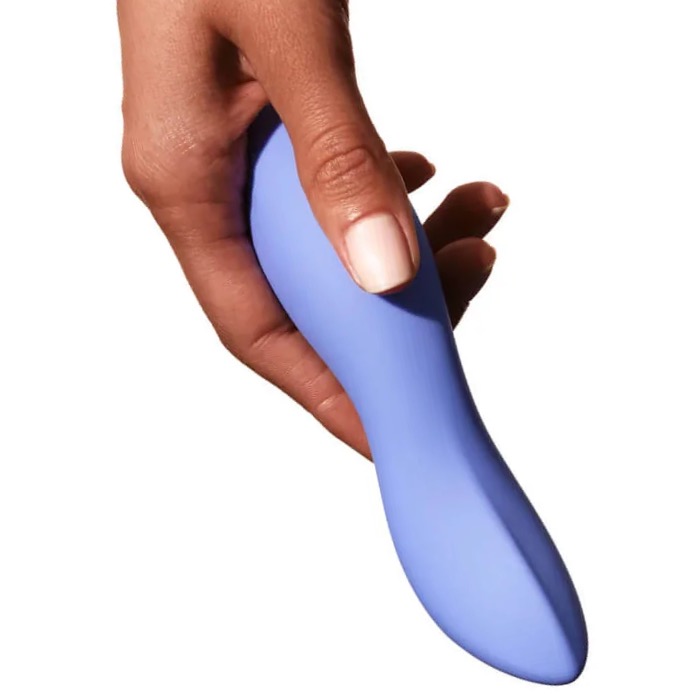In today’s fast-paced market, the ability to move quickly from concept to final product is critical to staying competitive. Delays in the product design process can lead to missed opportunities, higher costs, and, worst of all, losing ground to competitors. One of the most effective ways to accelerate product development is through rapid prototyping. In this article, we’ll explore how rapid prototyping works and why it’s a game-changer for speeding up the product design process.
What is Rapid Prototyping?
Rapid prototyping is the process of quickly creating a scaled-down version or model of a product to test its functionality, usability, and design. These prototypes can range from simple, low-fidelity mock-ups to high-fidelity, fully functional models that closely resemble the final product. Using advanced technology like 3D printing, computer-aided design (CAD), and other digital tools, designers and engineers can produce prototypes faster than ever before.

How Rapid Prototyping Accelerates the Design Process
Reduces Time to Market
Traditional product development methods often involve lengthy design and testing cycles. Rapid prototyping, on the other hand, allows you to quickly produce and test different iterations of a product in a matter of days or even hours. This significantly reduces the time it takes to finalize a design, allowing you to bring your product to market faster.
Enables Early Testing and Feedback
One of the key benefits of rapid prototyping is the ability to test the functionality of a design early in the process. By creating a working prototype, you can gather feedback from stakeholders, customers, and users right away. This allows you to identify potential problems, make adjustments, and improve the design long before the final product goes into production.
Facilitates Iterative Design
In traditional product development, making changes to a design mid-process can be costly and time-consuming. With rapid prototyping, however, designers can quickly create multiple iterations of a product, refining the design with each new prototype. This iterative approach not only speeds up development but also leads to a more polished and user-friendly final product.
Improves Communication Among Stakeholders
Prototypes provide a tangible, visual representation of a design that is far more effective for communicating ideas than drawings or verbal descriptions. This improves collaboration among designers, engineers, manufacturers, and other stakeholders. Rapid prototypes help everyone involved in the project see and understand how the final product will look and function, facilitating quicker decision-making and alignment.
Rapid Prototyping Technologies: What Are the Options?
3D Printing
One of the most widely used technologies for rapid prototyping is 3D printing. It allows designers to produce physical models directly from CAD data. With 3D printing, intricate designs and complex geometries can be quickly turned into functional prototypes, giving you a near-instant look at the real-world product.
CNC Machining
CNC (Computer Numerical Control) machining is another popular method of rapid prototyping. It involves the use of computer-controlled machines to create precise parts from various materials. CNC prototyping is particularly useful for testing the manufacturability of a design.
Laser Cutting
Laser cutting is a precise method for producing flat or layered prototypes out of materials like metal, plastic, and wood. It’s ideal for projects that require clean, sharp edges and intricate detailing.
The Impact of Rapid Prototyping on Cost
While rapid prototyping may seem like an additional expense, it ultimately saves money in the long run by minimizing costly errors. By identifying design flaws early and iterating quickly, you can avoid expensive changes during the manufacturing phase. This means fewer production delays, less material waste, and a smoother overall development process.
Faster, Better Product Development with Rapid Prototyping
In a world where speed is critical to success, rapid prototyping offers an invaluable advantage. By enabling early testing, speeding up iterations, and improving collaboration, rapid prototyping helps brands get their products to market faster and with fewer mistakes. If you’re looking to streamline your product design process, rapid prototyping is an essential tool for driving efficiency and innovation.
